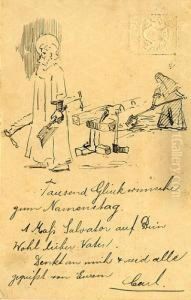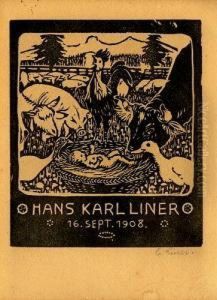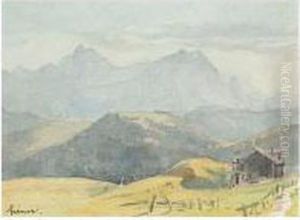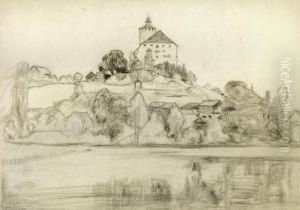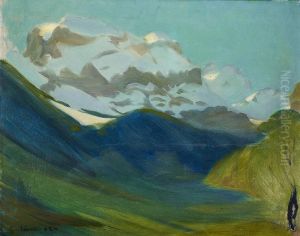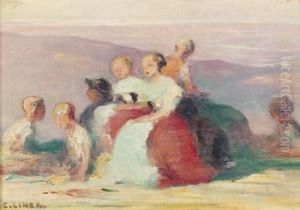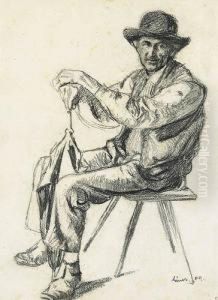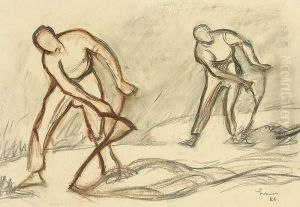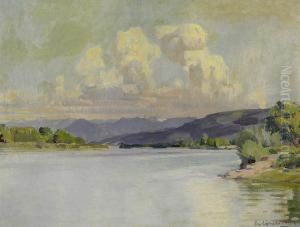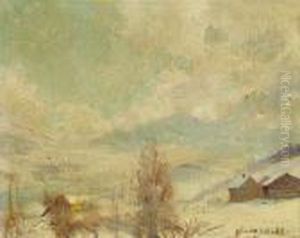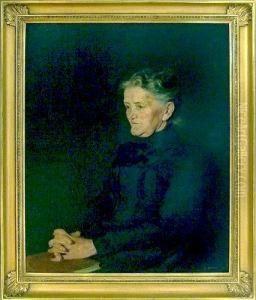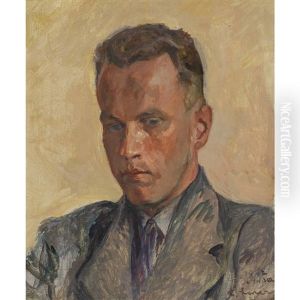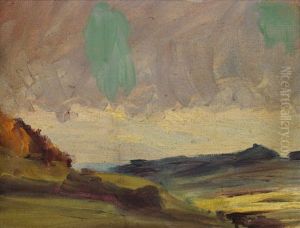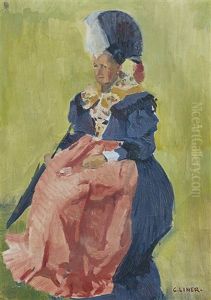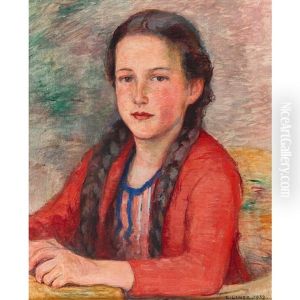Carl August Liner Paintings
Carl August Liner was a Swiss painter born on September 24, 1871, in Appenzell, Switzerland. He is known for his landscapes, portraits, and still lifes, which often exhibit a keen interest in light and color. Liner attended the Munich Academy of Fine Arts, where he was influenced by the academic painting traditions of the time. However, he later moved away from these traditional techniques to develop his own style.
Liner's work was characterized by a blend of impressionistic and post-impressionistic elements, with a particular emphasis on capturing the atmospheric conditions of his surroundings. His landscapes, in particular, are noted for their vibrant color palette and dynamic composition, which often reflect the changing seasons and times of day.
Throughout his career, Liner traveled extensively, which further influenced his artistic style. He was drawn to the diverse landscapes of Europe, from the Swiss Alps to the Mediterranean coast, and these settings featured prominently in his work. Liner's ability to evoke the mood of a place through his use of color and light made him a popular artist during his lifetime.
During the early 20th century, Liner's work gained recognition beyond Switzerland, and he participated in numerous exhibitions throughout Europe. Despite the shifting trends in art during his lifetime, including the rise of modernism and abstract art, Liner remained committed to his unique vision, blending naturalism with a modernist sensibility.
Carl August Liner passed away on November 16, 1946, in Appenzell. His legacy includes a significant body of work that continues to be appreciated for its beauty and mastery of color and light. Liner's art remains an important part of Swiss cultural heritage and is featured in various collections and museums across Switzerland and beyond.



